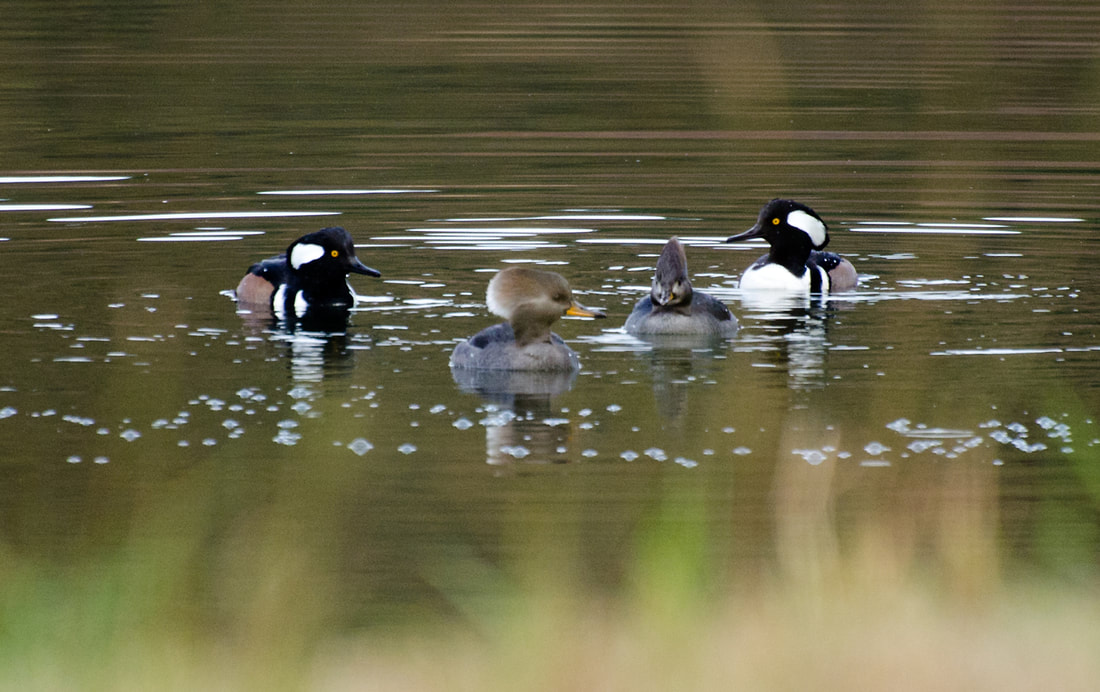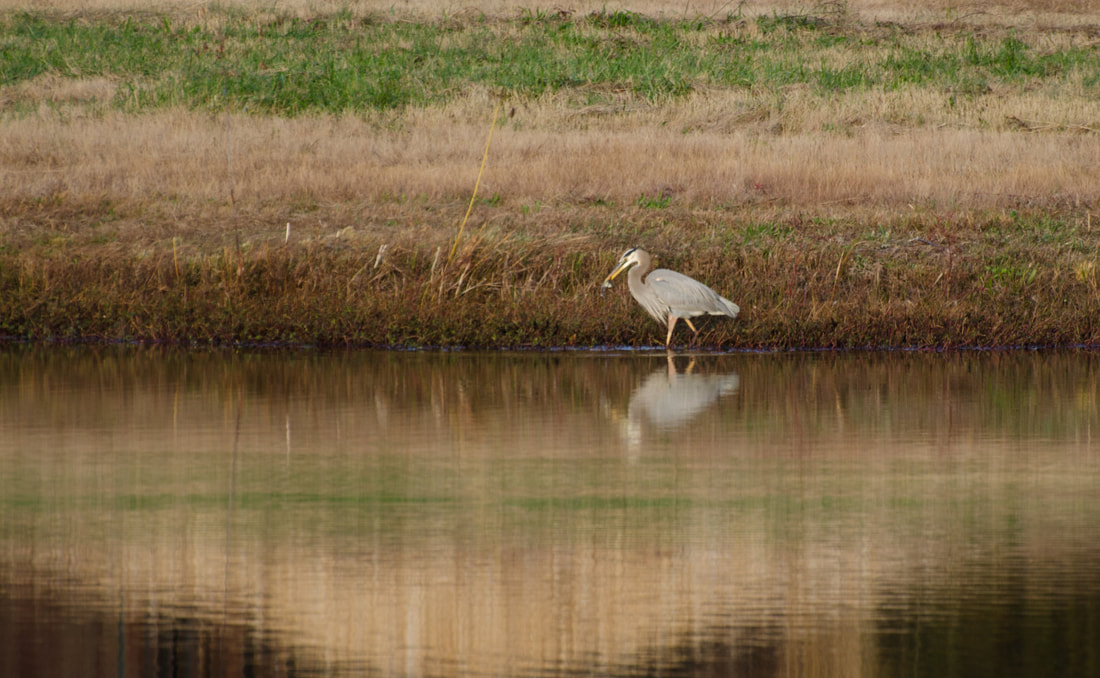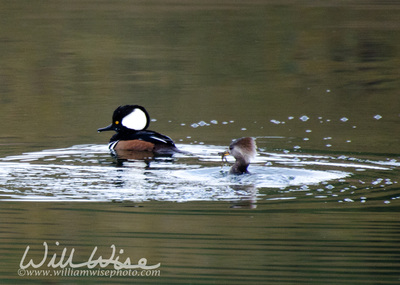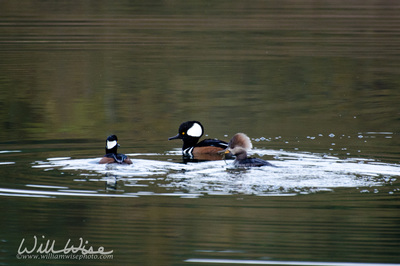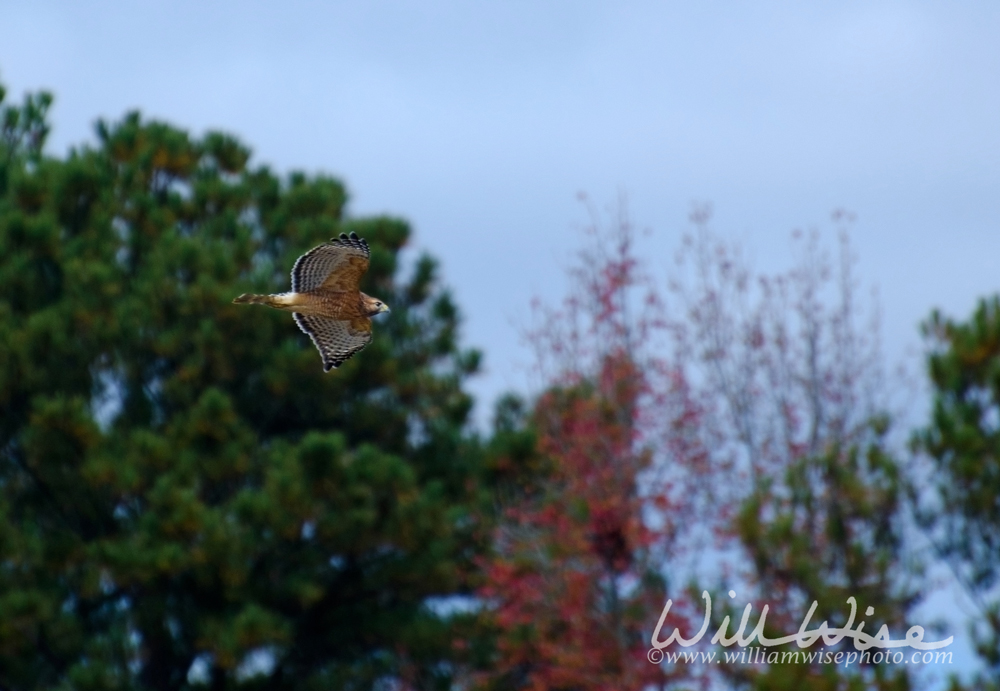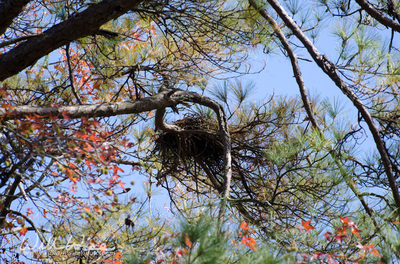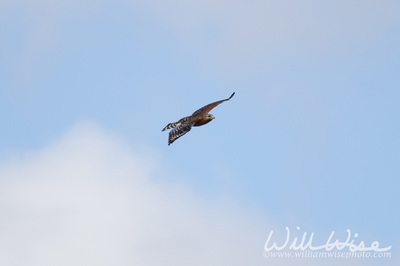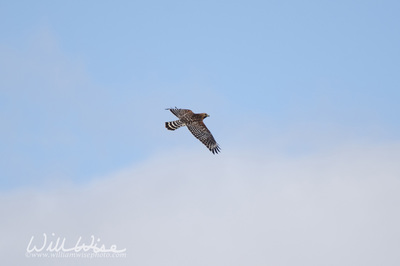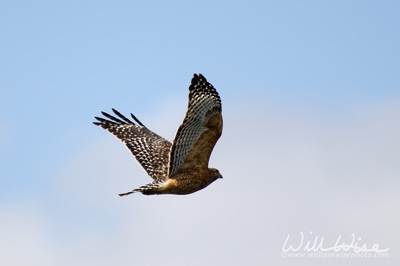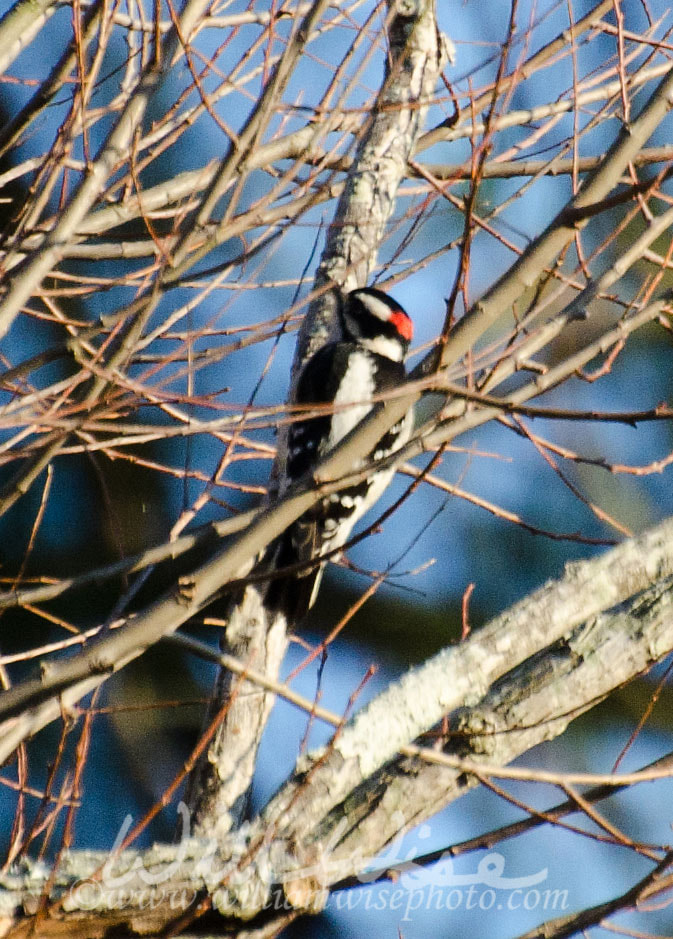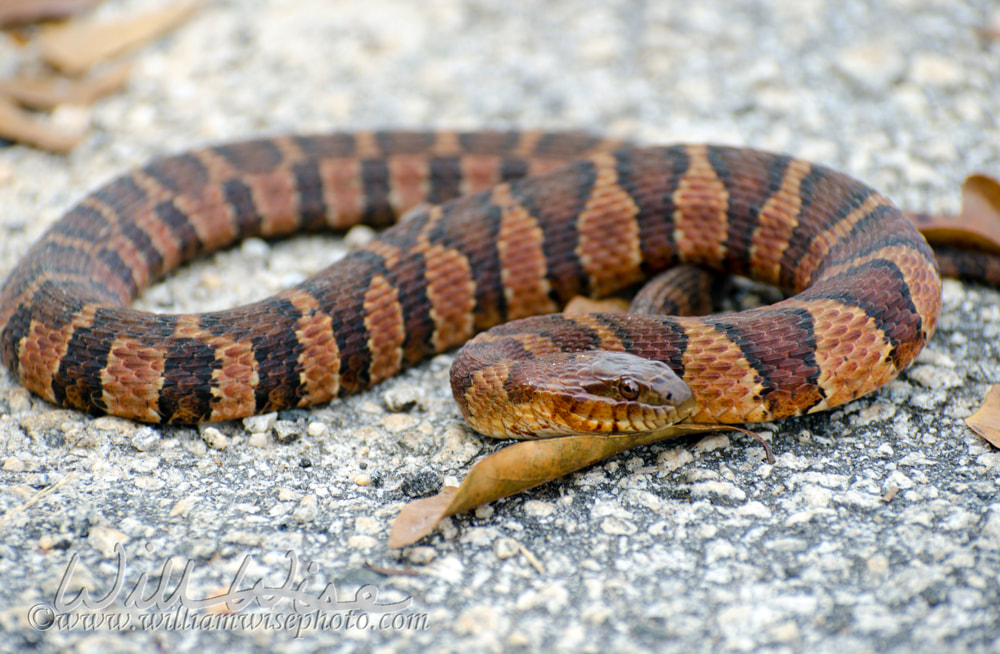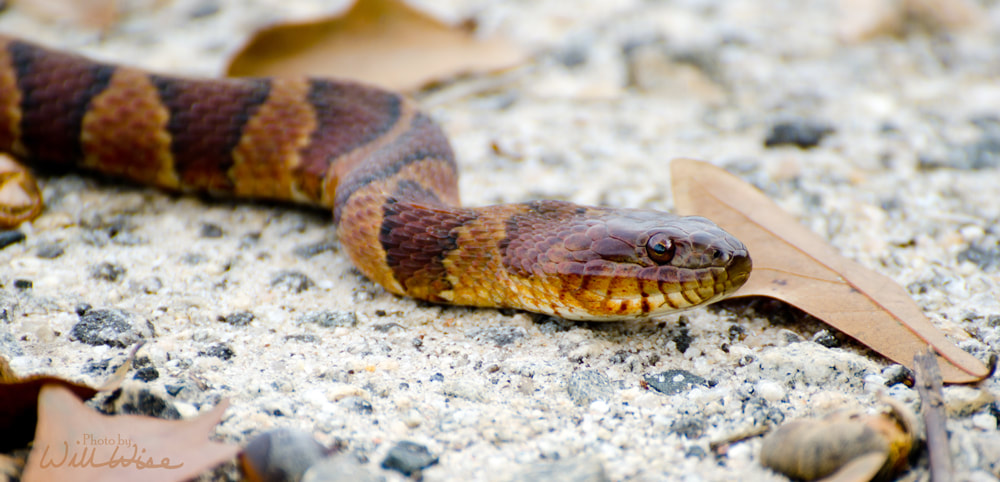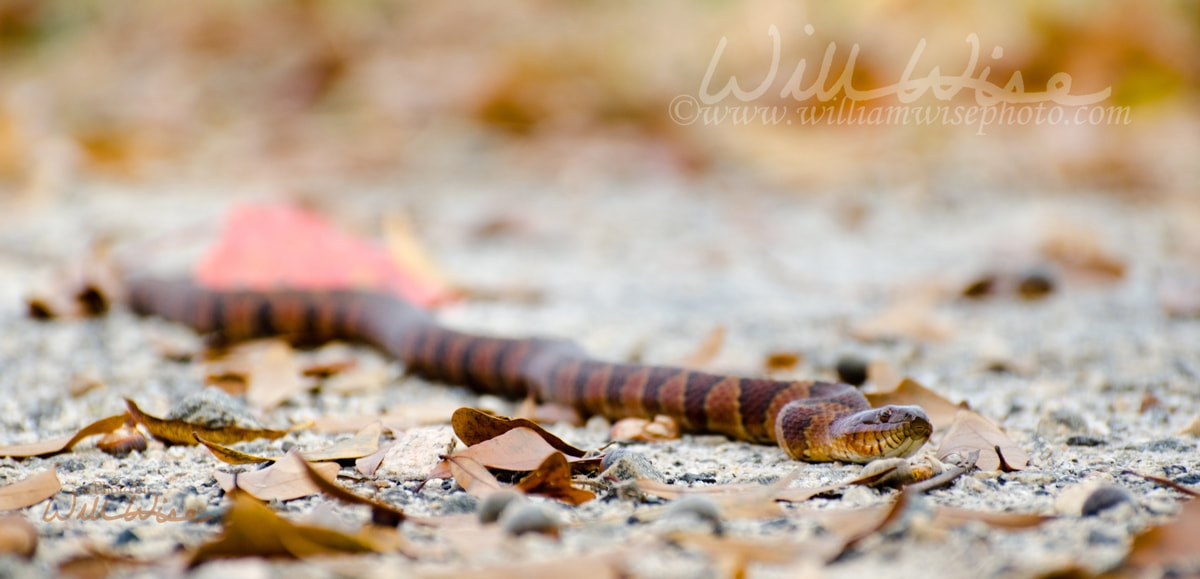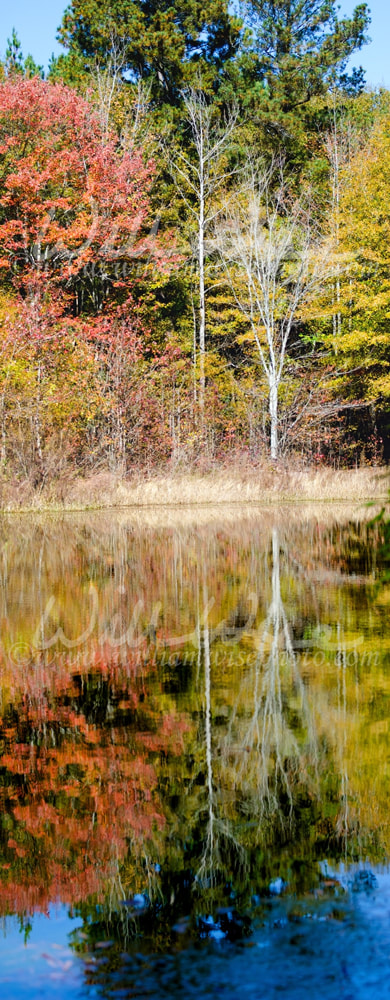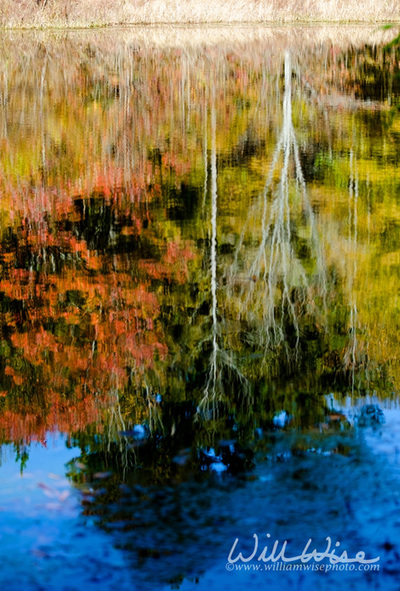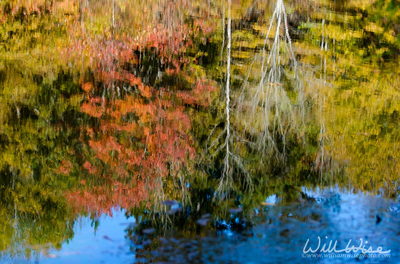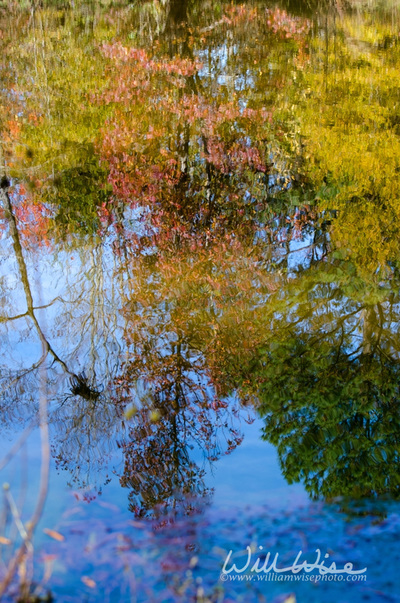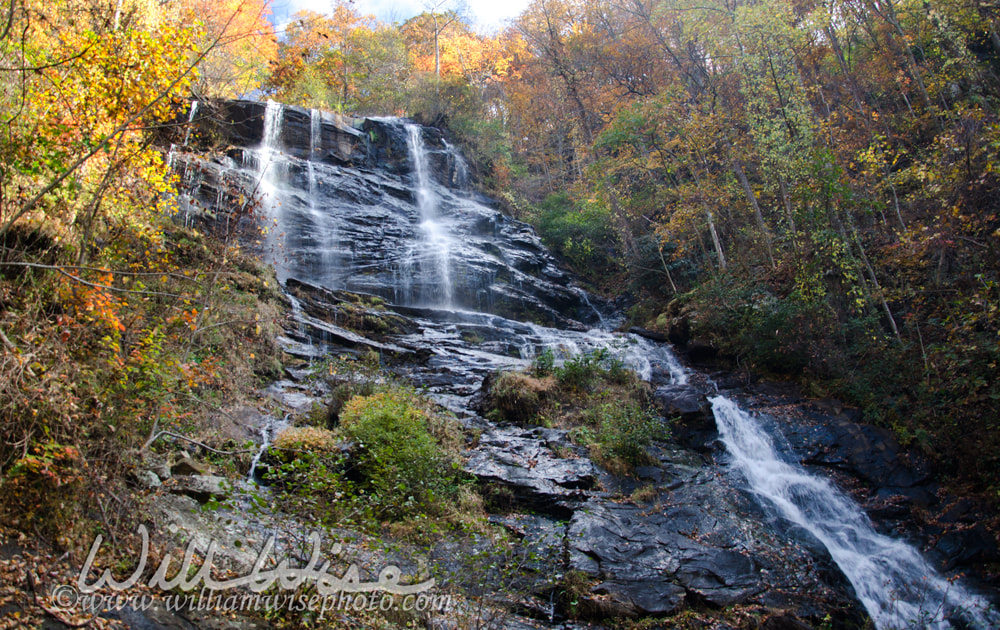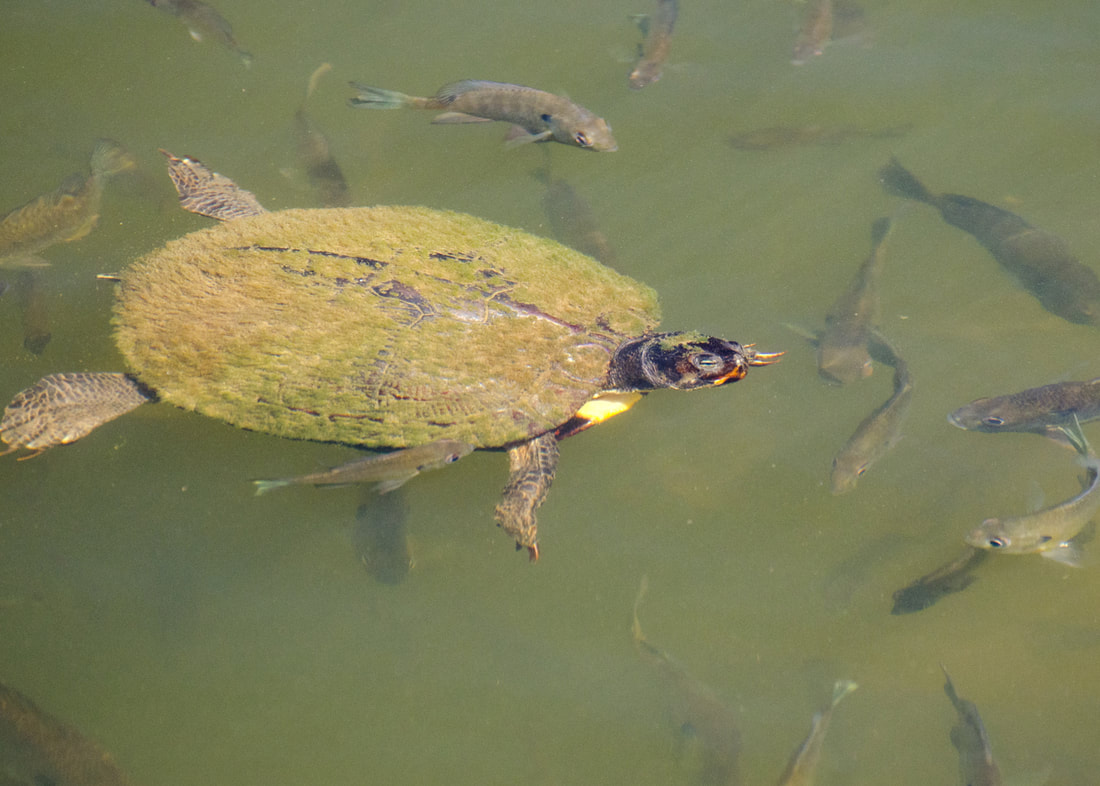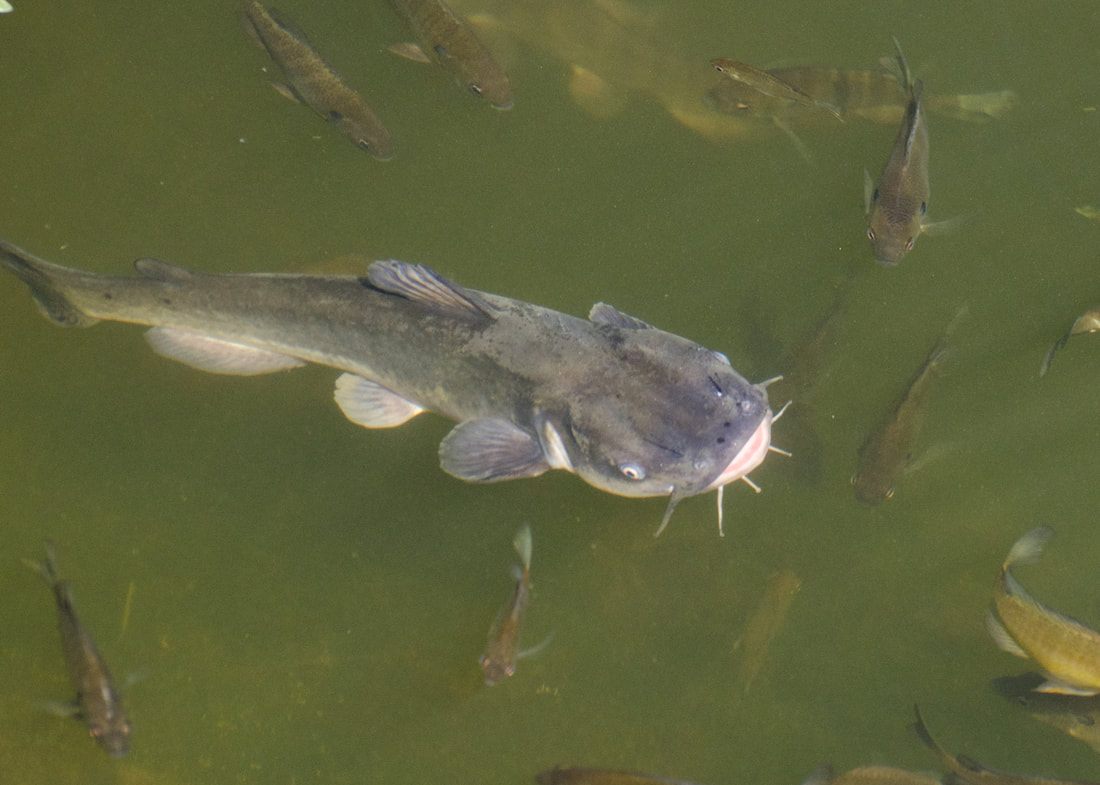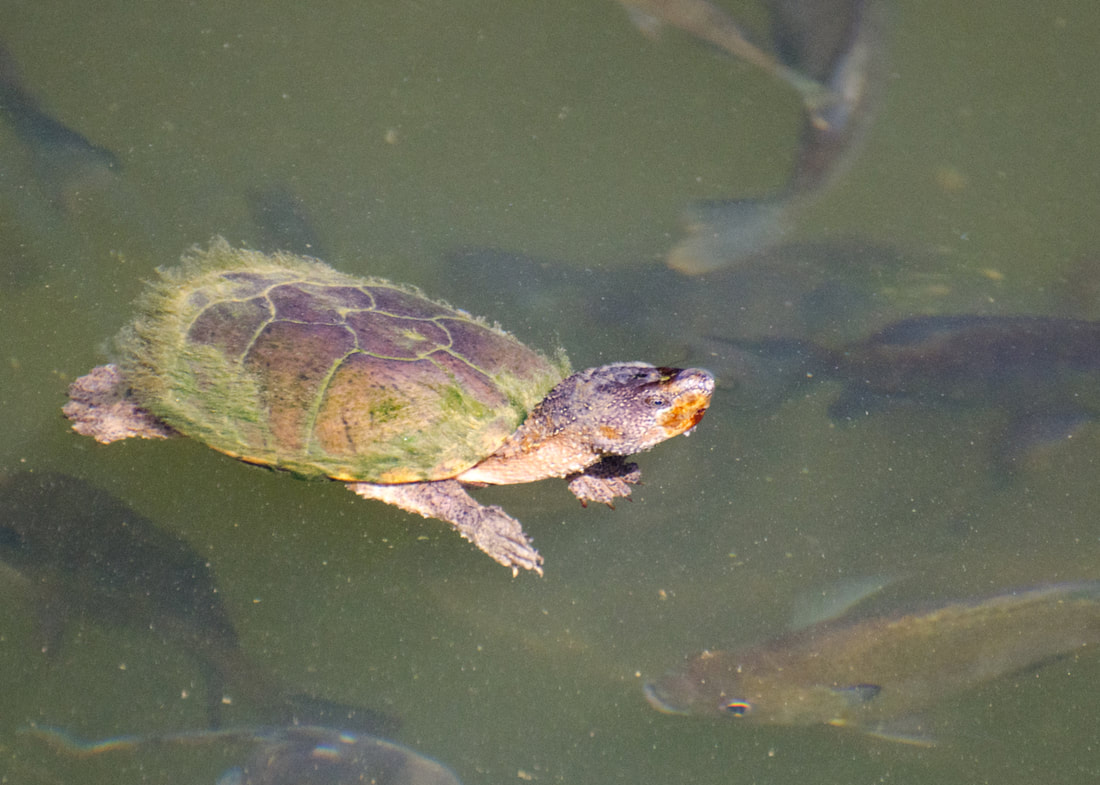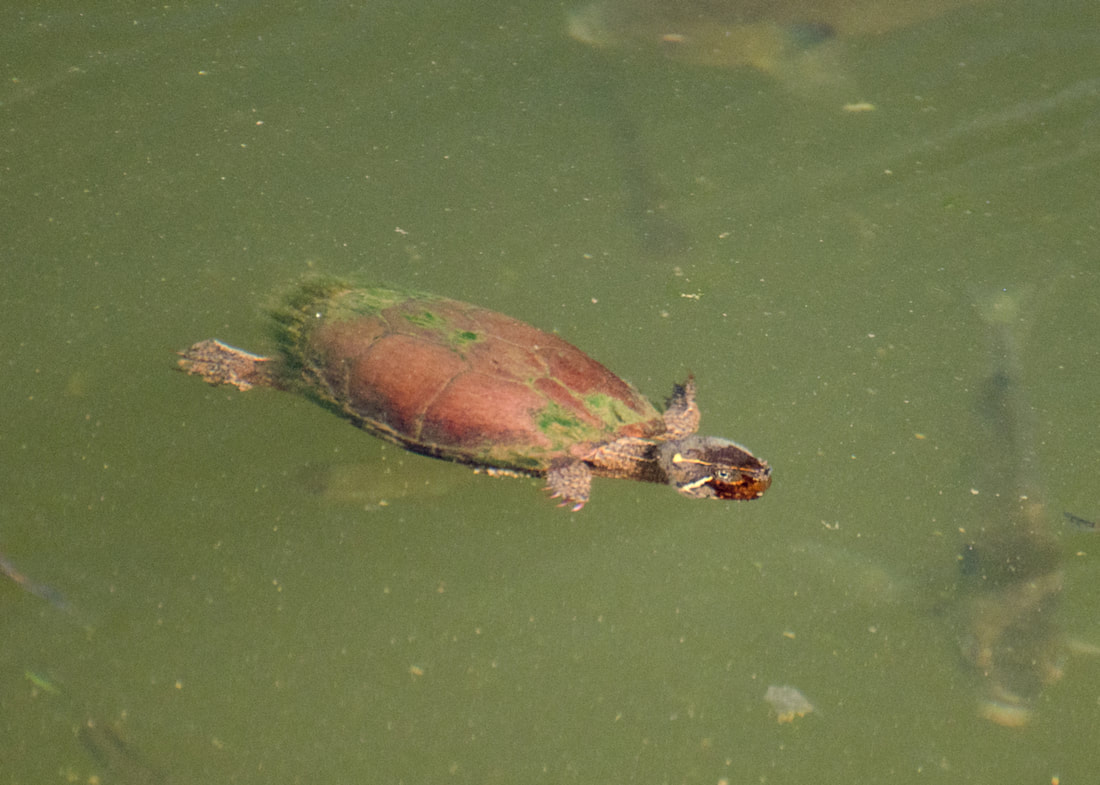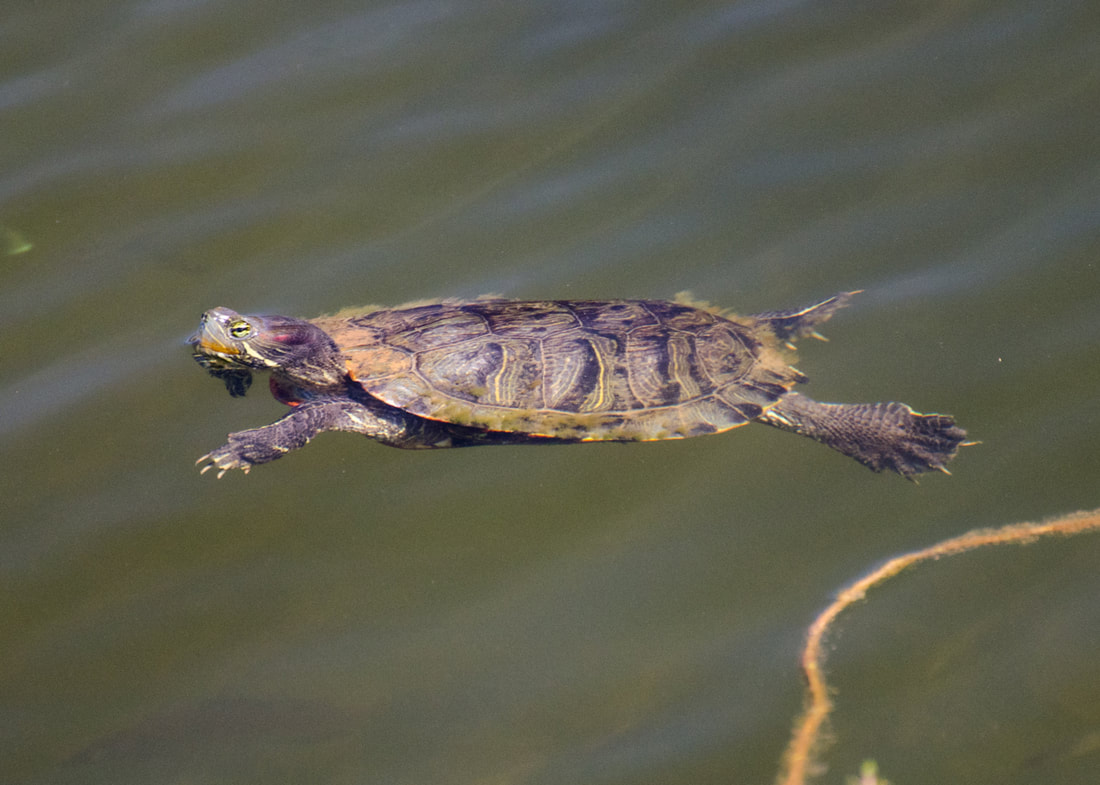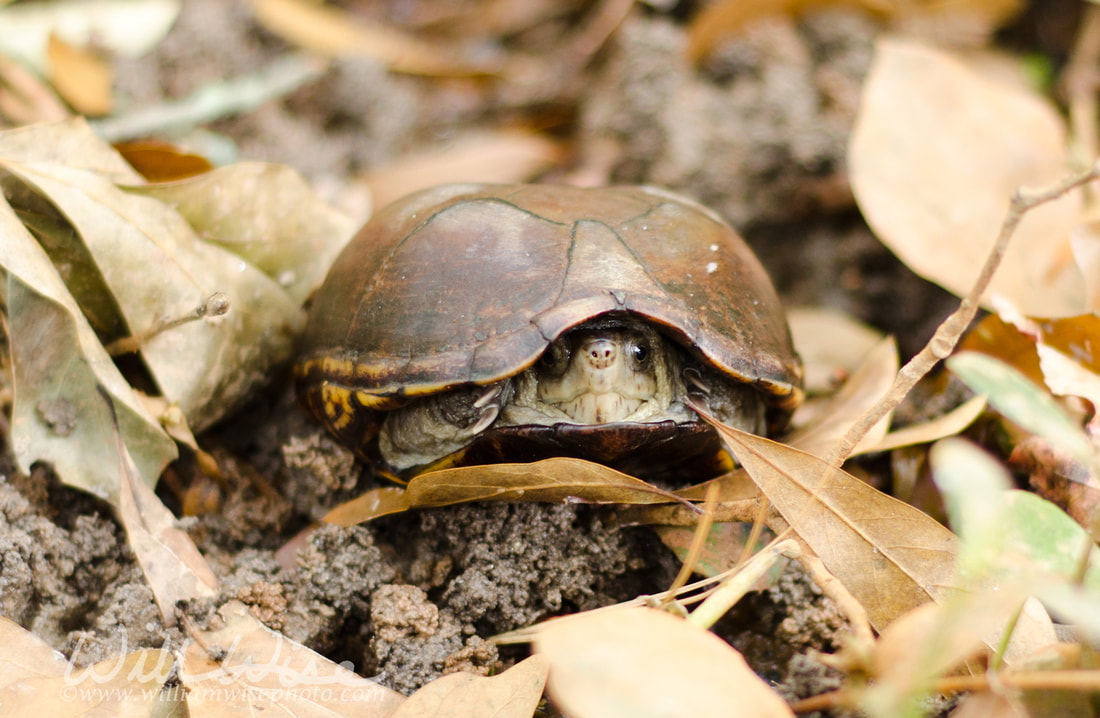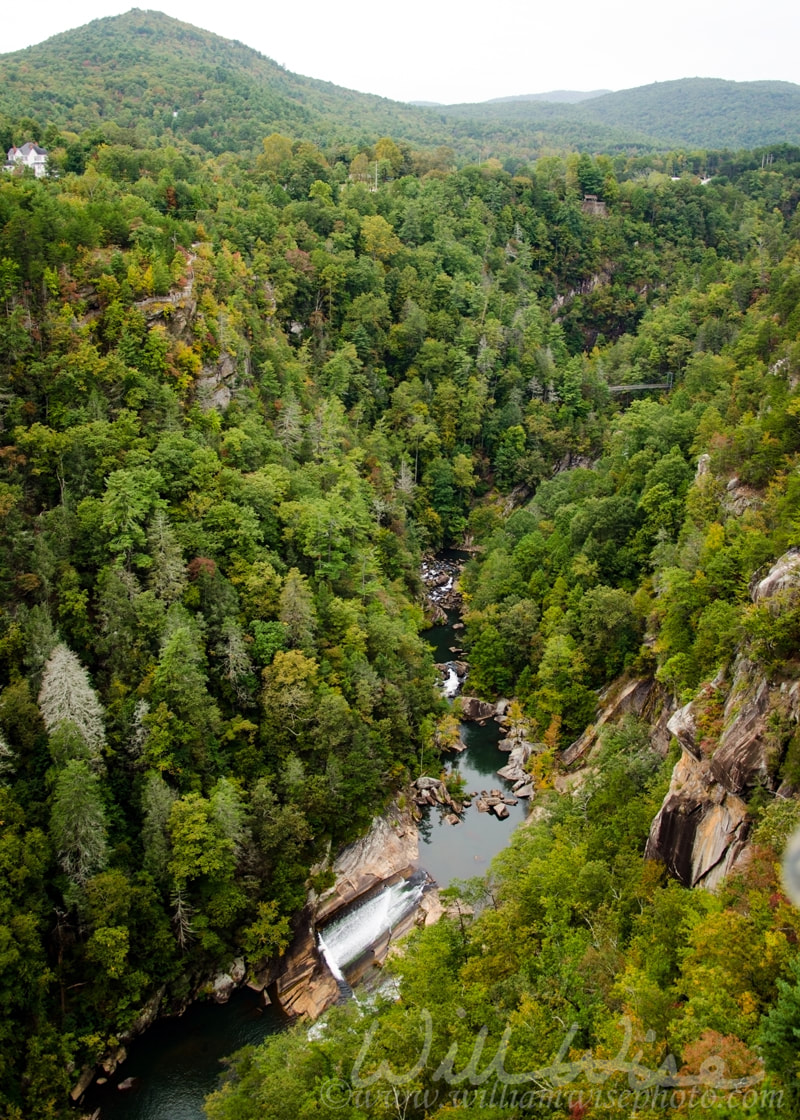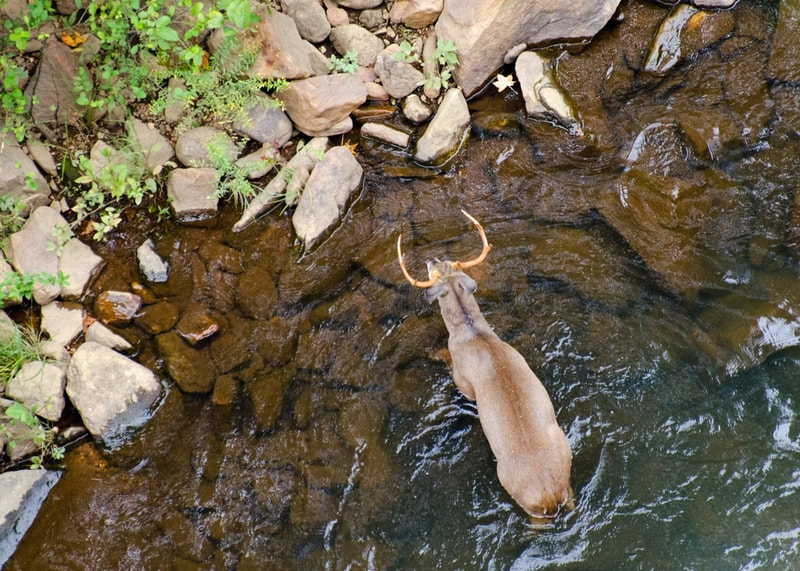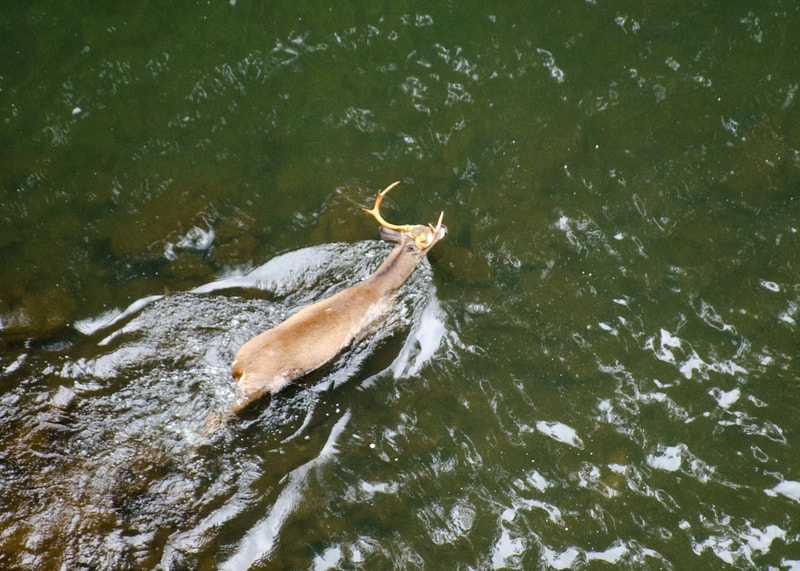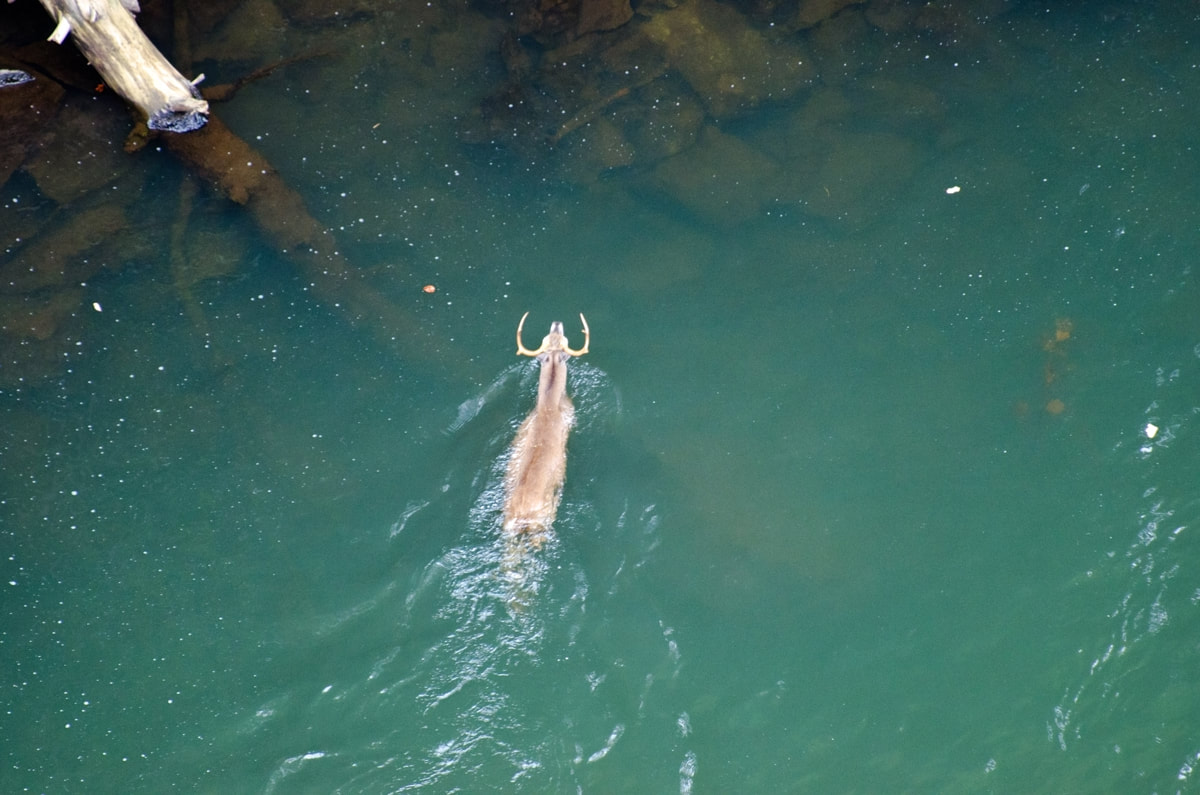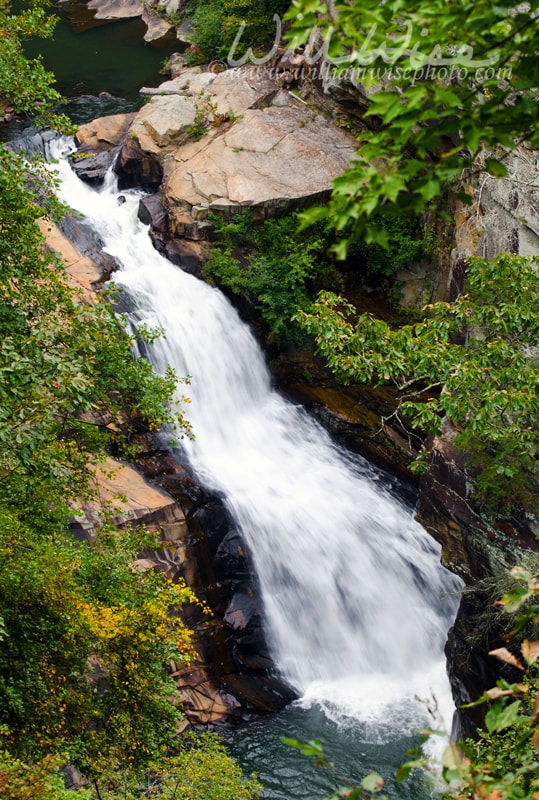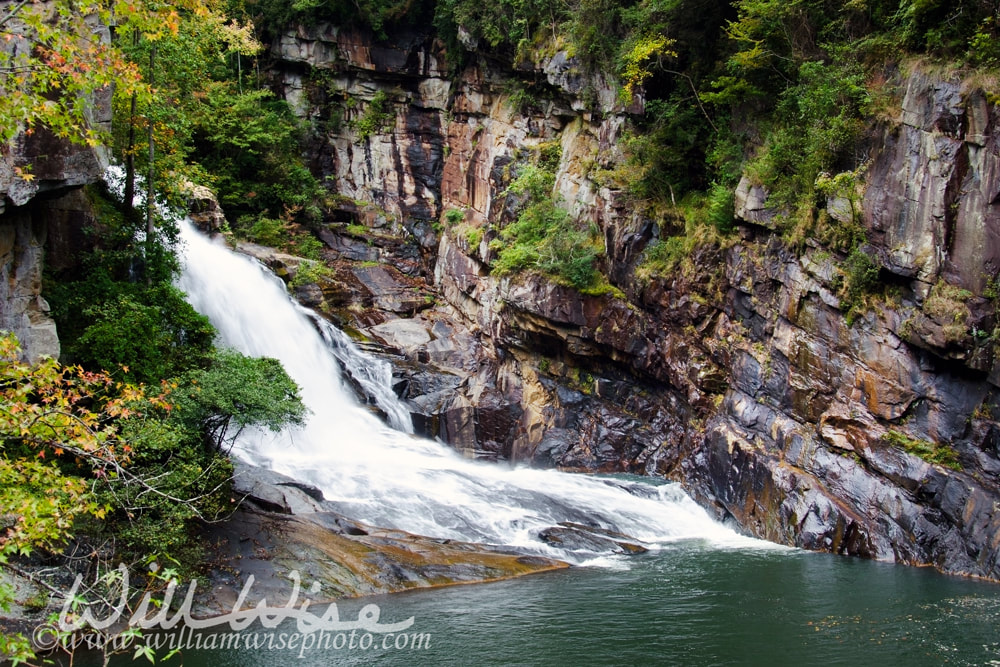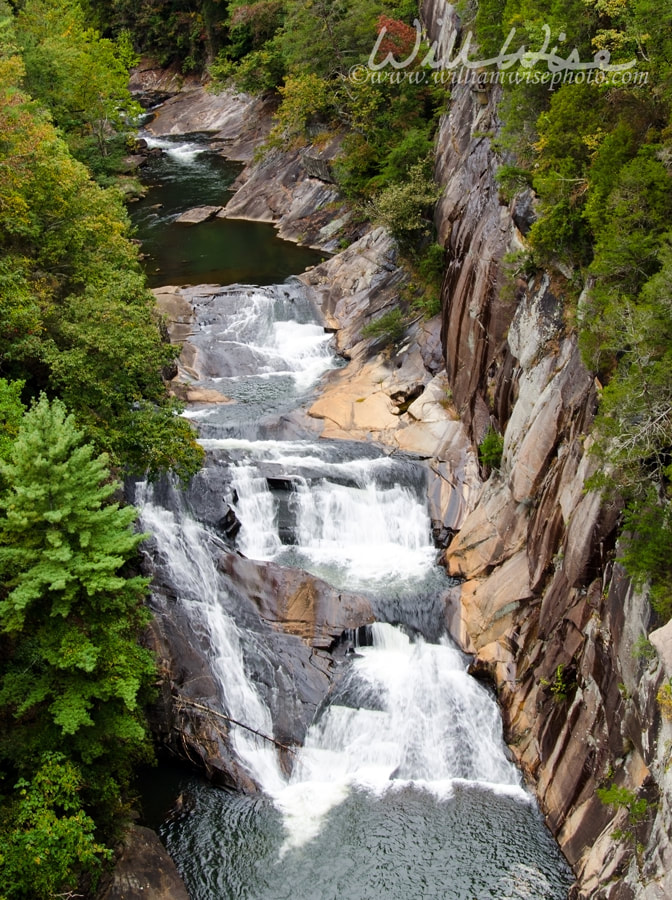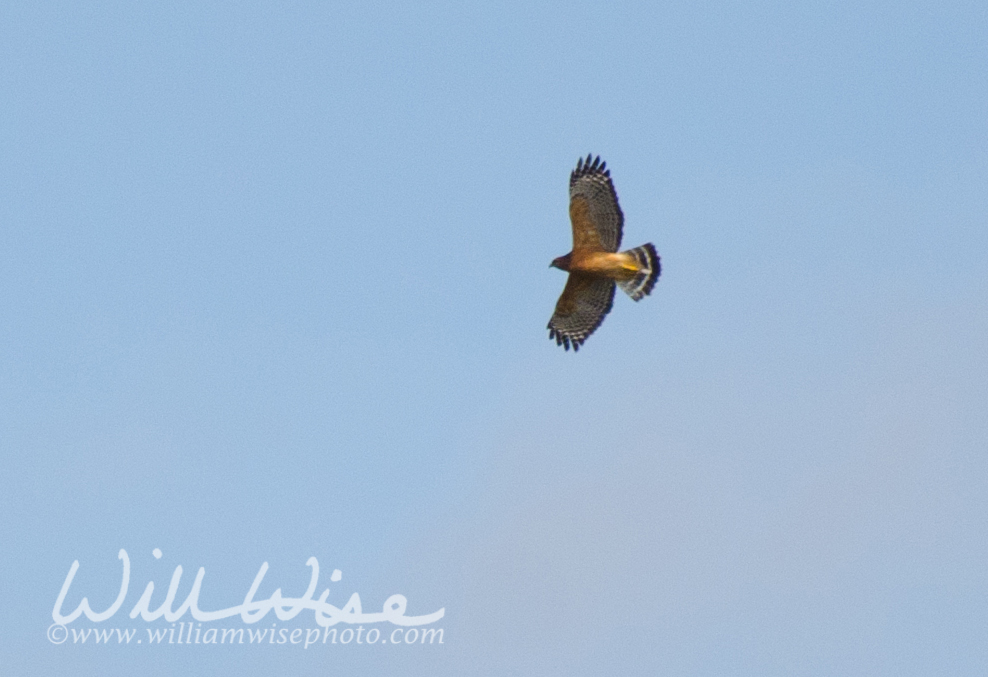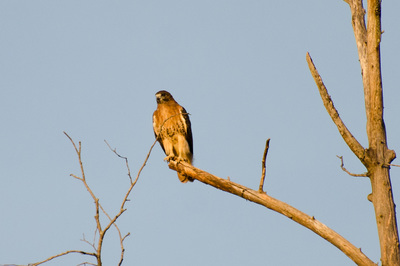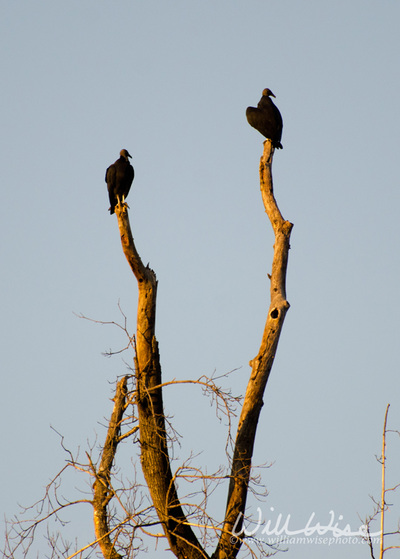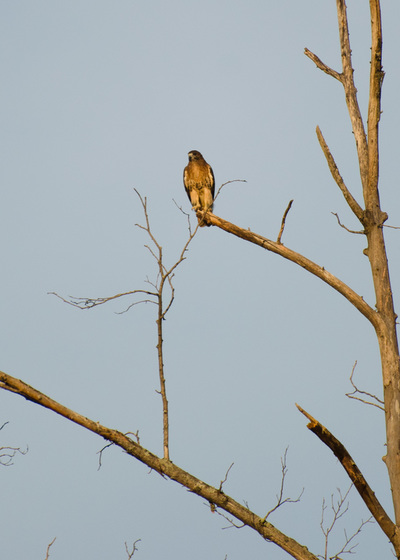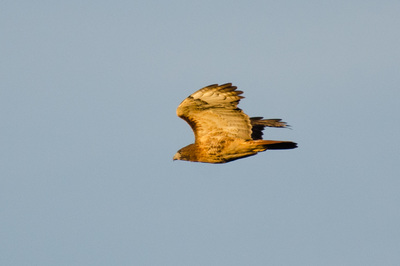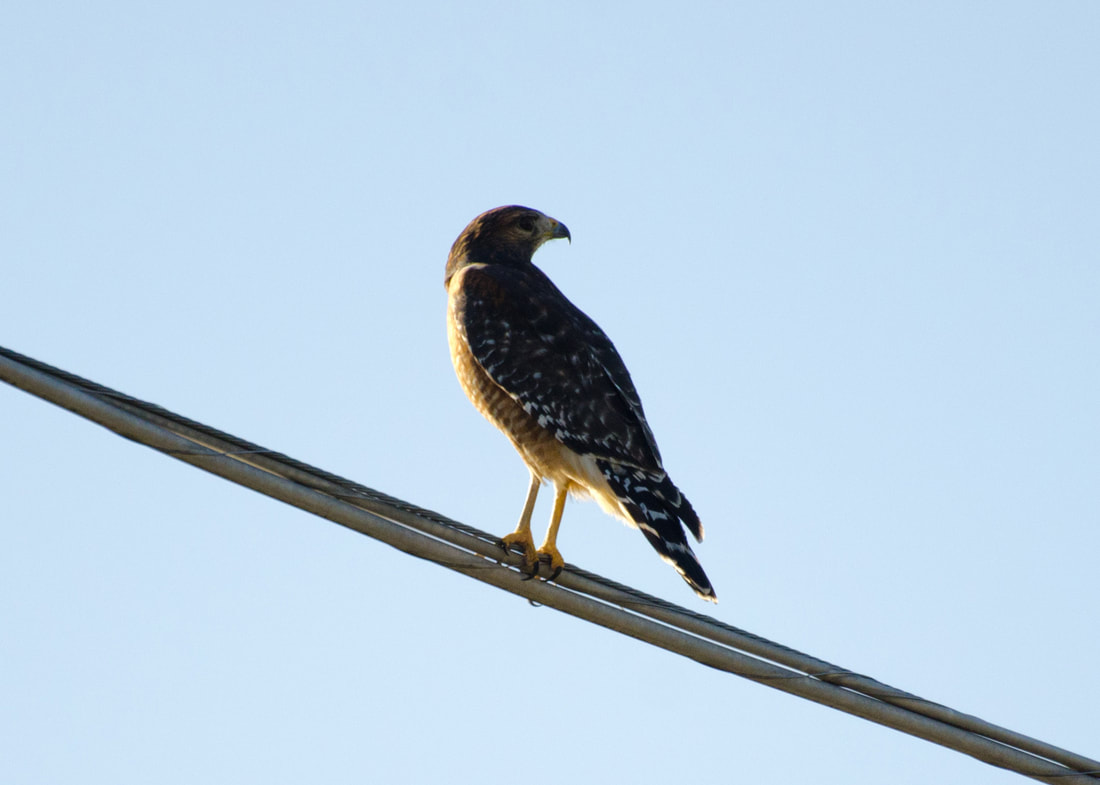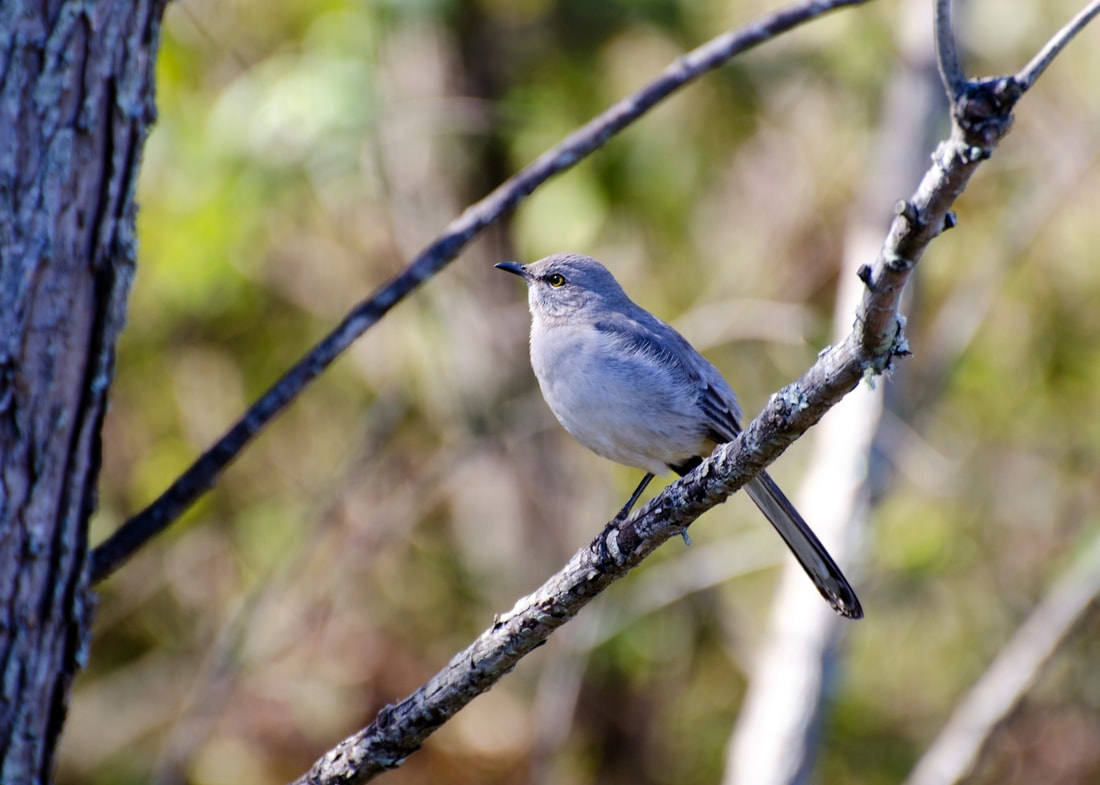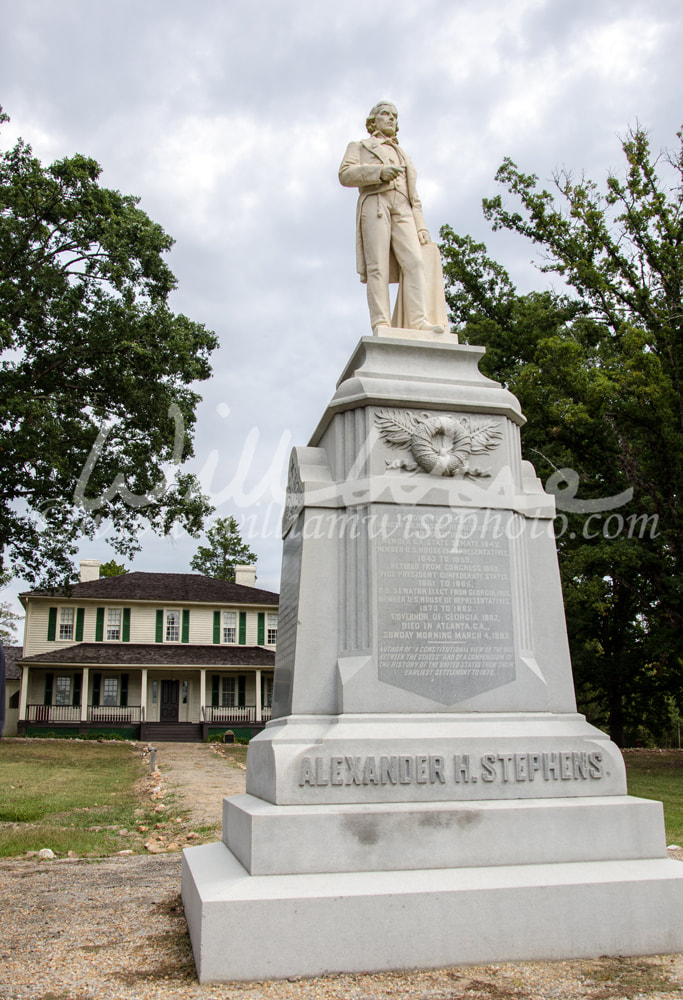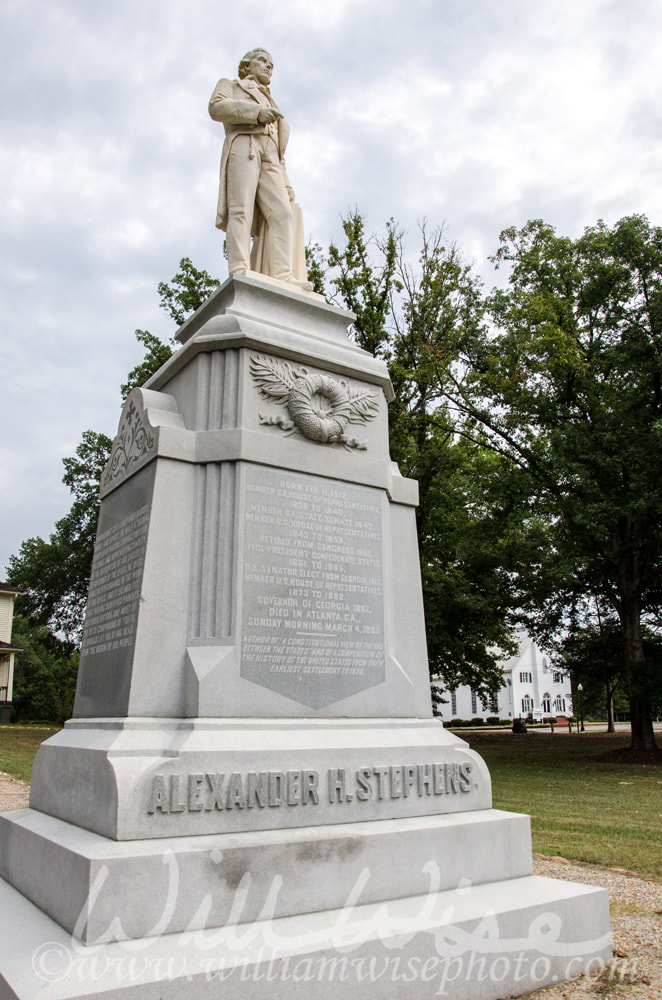|
The Mergansers are back at the shelter pond! They are paired up and practicing synchronized diving as they resurface with mouth's full of green goodness. Also enjoyed a Blue Heron's fishing show.
0 Comments
Tuesday, 12:39 PM – Monroe, Georgia. A few weeks back I had watched a hawk sail and land in the wood line near Walton Pond 2 behind my office. My curiosity peaked, I went back by the pond, this time with my eyes up in the trees. Narrowing his landing down to a grouping of tall pines and Sweetgums, I didn’t find the hawk, but the possibility of its nest. Today’s sixty-one degree, partly sunny afternoon afforded some warm rays and I decided to go sit under that nest I had previously spied out. After sitting 30 minutes reading Bartram’s Travels and seeing nothing, lunch break was over and I headed back toward my office. Just as I neared the back of the shelter, out from the woods and right in front of my face flew a large hawk. But what kind? A Red-tailed or a Red-shouldered? As he circled over the pond, my initial clue to his identity was the bold black and white markings on the wings and tail. No more need be known; I was looking at a beautiful Red-shouldered Hawk (Buteo lineatus). The black and white banding on the tail being the “tail-tell” sign. The Red-tailed Hawk (Buteo jamaicensis), being appropriately named, sports a red tail that lacks the bold black and white banding. While the banded tail tells all, there are also several other differentiating clues. The Red-tailed Hawk, also common in this area, is a bit larger. Besides the tail being red, it is also much shorter than his Red-shouldered cousin’s tail. On September 29, 2012 as I was studying to better my skills at identifying hawks, a gorgeous Red-tail perched on a snag across from my house in Athens, Georgia, affording me a living illustration. His shorter red tail could be clearly seen as he sat with his back toward my front porch where I sat with a cup of coffee in one hand and Wheeler and Clark’s “Photographic Guide to North American Raptors” in the other.
The chests of these two raptors can also give a clue to their identities. As the hawk circled over the pond behind my office and rose higher into the air, I could discern the distinctly reddish-orange barred chest characteristic of the Red-shouldered Hawk. The Red-tailed Hawk possesses a darker streaked belly band just below a usually bare chest. The size of the nest I had earlier observed was also a clue to this hawk’s identity. According to the Cornell Lab of Ornithology, the Red-shouldered Hawk’s stick nest is about 2 feet in diameter and lined with bark, lichens, and conifer sprigs. The Red-tail’s nest is larger, being a tall pile of dry sticks up to 6.5 feet high and 3 feet across. If all these clues weren’t enough, a study of the habitat in which I observed this hawk would be another clue to his identity. Red-tails usually occupy open habitats such as grasslands, pastures, and fields. Red-shouldered Hawks are forest raptors and tend to live in open sub-canopy stands near water; perfectly describing the pond and woods behind my office. After buzzing my face and circling the pond, my Red-shouldered Hawk disappeared below the horizon back near the grove of trees near where I had been staking out the nest. Perhaps, before I disturbed him, he was sitting and watching the banks of the pond to make a meal of the Northern Watersnake I had seen just the afternoon prior. Imagine, I sit below a hawk nest for nearly an hour and see nothing, only to be nearly hit in the head by him while walking back indoors! Walton County, Georgia Later one afternoon, I could hear from my office a peculiar churrrrrr of a woodpecker chiding someone or something. Going outside I spied a flash of black, white and red flitting in the trees. The bright red mohawk quickly clued me in that I had spied a Red-bellied Woodpecker. But if the head is red, why isn't it a Red-headed Woodpecker?
The Cornell Lab of Orinthology writes, “Their strikingly barred backs and gleaming red caps make them an unforgettable sight – just resist the temptation to call them Red-headed Woodpeckers, a somewhat rarer species that's mostly black on the back with big white wing patches.” The Red-headed Woodpecker has nearly an entirely red head, while the Red-bellied Woodpecker has a wide red mohawk. If you look closely, there is a red hue on its belly, thus giving it his name. I ran back inside for my camera. Upon returning outside, the Red-bellied Woodpecker was gone, but I found the object of his previous chiding churrrrrrs. Another, but smaller, flash of red, black and white was pecking away higher up in the branches of a pine snag. Only until I could get a close up view in the LCD of my Nikon could I see the short bill of a Downy Woodpecker that differentiates it from the similar Hairy Woodpecker. So confusing! Walton County, Georgia Monday, 12:40 PM - I always consider it “my lucky day” when I discover or stumble upon a reptile, particularly a snake. This afternoon, the sun was sending warm rays through the cool, partly cloudy sky and presenting a beautiful sixty-one-degree fall day. I left the confines of my office at lunch break and was planning a short stroll up to the pond. But not even 50 feet out the back door of my office, I spied an odd looking “stick” laying across the access road. Sure enough, it was my lucky day! This cunning “stick” was about two-and-a-half feet long. The base color was a rich copper, broken by dark-edged bands of burgundy. Examining from a distance, and with a heightened level of excitement which sometimes lends to fantasy rather than deliberate investigation, the copper color and saddle-like bands toward the front of the snake had me thinking I had stumbled upon what I had been desiring to encounter all summer: a Copperhead. But making a more calm, closer examination down the length of the body, I could see the bands breaking up toward the back half of the body indicating one thing: Nerodia sipedon, Northern Watersnake. There are several species of Nerodia found in Georgia. They typically inhabit a variety of aquatic habitats such as ponds, lakes, marshes, rivers and streams and primarily feed on amphibians and fish. They are often seen basking on banks of rivers or ponds or craftily hang out on branches overhanging the water. Noticing that his initial relaxed position was now tensing into slight curves along his body, I knew he too had seen me. I raised my camera to get a few shots from a distance should he quickly shoot off either side of the road into the edge of the woods or into the pond. But there he lay, subtle as can be, not moving an inch, except for the gradual tensing of his muscles. I was able to walk quite close by and made a loop around him to the edge of the road where I could squat and get some eye-level photographs. He lay perfectly still, perhaps repeating in his not-wanting-to-be-noticed reptilian mind, “I’m a stick. I’m a stick. I’m just a stick.”
Desiring a different pose, I approached him and gently tapped his tail with my foot. Instantly he assumed the dreadful defensive position and feisty, aggressive attitude by which this species, and most watersnakes, are known. He assumed the most perfect coil giving him the advantage of maximum striking distance. His body flattened out, making him appear much more heavy bodied and Cottonmouth-ish. After a few calculated and precise strikes at my boot and leg, he decided retreat was in order and quickly shot his way down the bank, winding toward the pond where, diving into the water, he disappeared into the watery vegetation on the edge of the pond. No doubt he will be back out again on another warm day, craftily disguised as a stick on the bank of the pond. Truly, it was my lucky day. November 11, 2012, 8:45 PM - Amanda spotted 3 deer crossing from a neighbor’s yard; 1 doe and 2 fawns. They slowly sauntered across the road, hooves clicking on asphalt, before disappearing in the wood line two houses down. These are most likely the family we frequently see in our area, though now grown bigger and browner.
November 3, 2012 - on a drive south to the Rock Ranch in Thomaston, GA saw
- 3 roadkill raccoons - 1 roadkill bobcat - 1 roadkill deer At sunset on the drive home, beautiful golden rays and shadows casting across the landscape, we passed 2 Red-tailed Hawks along the way sitting on pasture fences. One smaller hawk, either a Coopers or Sharp-shinned, flew swiftly in front of our vehicle. At almost dusk, while crossing over a bridged creek near Monticello, a Great Blue Heron flew up from the creek, over the road, and curved around back down into the cover of the trees. With the time change, this first week of November has placed my drive home in the golden hours of dusk. Now it looks like fall! The reds of the sumac and dogwoods absolutely glow. The orange sunlight gives even the yellows a beautiful, deep golden radiance. Truly, it “looks” like fall, even if the temperatures, still going above 70 degrees, feel like a lingering summer.
Amicalola Falls State Park Lodge is a Georgia state park located in Dawsonville, Georgia. A spectacular, towering waterfall, the highest waterfall in Georgia can be viewed from above and below or by climbing a hiking trail of hundreds of steps; an exhilarating day hike! Appalachian Trail hikers begin their journey at Amicalola Falls on the access trail to Springer Mountain. The park has a campground, and access to the eco-friendly Len Foote Hike Inn.
“We loiter in winter while it is already spring”. Henry David Thoreau, Walden. Seasons. They come; they go. Sometimes slowly; sometimes rapidly and unexpected. Some of the leaves have started to turn. I noticed last week a yellowing of the Sweetgum leaves and of the Black Cherry Tree. “All of the sudden” the days have shortened. The morning hours are dark; the evening light wanes more quickly after dinner. Have they days grown shorter “all of a sudden”; or is it gradual?
Life moves in seasons. There are seasons of life we face in the natural come and go. Some bad, some good. But seasons always end. Be prepared: the good seasons must come to an end. Be encouraged: the bad seasons will end. Yes, there can be cold snaps in the warm season; but there are also occasional warm breezes in a cold season. There are bad days in good times; and there are good days in bad times. But do seasons ever abruptly end? No. Sometimes we must bear a long, cold, hard season. Was Jesus abruptly pulled from His season of suffering? No. He endured. But when it turns to the good seasons, we must not dwell on the bad. God desires to move us from winter where darkness rules the majority of the day-cycle, where we spend what few hours of daylight provided retreating from the chilled wind into our dark … of solitude. Spring isn't just a season. For Thoreau, spring is a state of mind – a Walden state of mind. “We loiter in winter while it is already spring. In a pleasant spring morning, all men's sins are forgiven.” Tallulah Gorge is a State Park in North Georgia. The Tallulah River cuts through the 1,000 foot deep Gorge and contains several waterfalls. Over 1000 steps lead down to a suspension bridge and lowest waterfall. It is a great day-hike location. As we peered down into the gorge, a large White-tailed Deer buck swam across the river in the bottom of the canyon.
Genesis 2:15 “And the LORD God took the man, and put him in the garden of Eden to dress it and to keep it.”
The Hebrew word translated as “keep” has a wide range of meanings. In addition to keep (283 times), it is translated as observe (43 times). Therefore, ‘God put man in the garden to observe it.’ Yet our eyes remain fixed on so many other manmade distractions instead of admiringly observing His wonderful creation. The Hebrew word is also translated as preserve (21 times). Thus, ‘God put man in the garden to preserve it’. In the full range of meaning, could we say that man was placed in the garden and has a responsibility as stewards to preserve it? This is supported by the other renderings of the word as watching (7 times) and being a watchman (8 times) over the Earth that He has given to us as stewards. Touring a Civil War historical site and Georgia State Park not far from my home. A. H. Stephens State Park, also known as A. H. Stevens Historic Park, is a 1,177 acres Georgia state park located in Crawfordville. The park is named for Alexander Hamilton Stephens, the Vice President of the Confederate States of America, and a former Georgia governor.The park contains Stephens' home, Liberty Hall, which has been fully restored to its original 1875 style. The park's museum houses one of Georgia's largest collections of Civil War artifacts. The park also offers several mill ponds for fishing and nature trails. (source: Wikipedia) |
Categories
All
Archives
September 2025
|
|
All content is ©williamwisephoto.com. Please don't steal images. My images are available at dreamstime.com. Stock sales go into the shelter photography program.
|
In December 1993 I came to know the Designer and Creator of this wonderful planet and its creatures: Jesus Christ.
|
Donations help support the animal shelter adoption photography equipment and adoption website hosting and domain fees. Thanks for your support!
|

